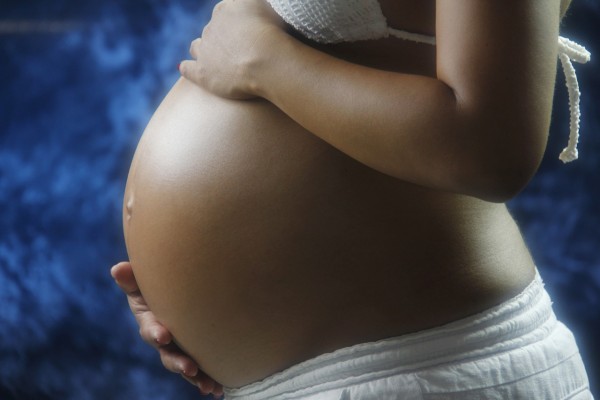Effects of Exposure To Vitamin D in Utero on Children's Risk for High Blood Pressure

Children born to preeclamptic women are more prone to develop high blood pressure, but according to the study conducted by researchers from Johns Hopkins Bloomberg School of Public Health, this adverse association may be reduced or even eliminated if the children were exposed to higher levels of vitamin D while in utero.
The findings were based on the data analyzed in 754 mother-child pairs in Massachusetts, and it shows that if the child was exposed to higher vitamin D levels during pregnancy, even if the child is born to preeclamptic women, it can still protect him/her from developing high blood pressure.
The results of this study were published online in JAMA Network Open.
SEE MORE: Unexpected Stem Cell Discovery Could Treat Placenta Complications
Noel Mueller, PhD., senior author of the study, said that while there is increasing evidence that shows that cardiovascular disease risk is, to a great extent, programmed in the womb, this new study shows that vitamin D may alter this adverse programming.
Mingyu Zhang, a Ph.D. candidate in Mueller's research group, and first author of the study, said that the team wanted to know how vitamin D levels in the womb could affect the association between maternal preeclampsia and hypertension in childhood, which led them to conduct this study.
The team analyzed the data from 1998 to 2018 among these 754 mother-child pairs in a large epidemiological study conducted at the Boston Medical Center in Massachusetts. Data analyzed included preeclampsia during pregnancy, blood tests of the umbilical cord at birth, and monitoring the child's blood pressure throughout the age of 3 to 18.
Around ten percent of the women in the study had preeclampsia, and children born to these women had higher systolic blood pressure as compared to those born to non-preeclamptic mothers.
The Difference in Cord Blood Vitamin D Levels
Children with low levels of cord-blood vitamin D scored 11 percentile points higher in blood pressure, on average, if their mothers had had preeclampsia.
For those children within the highest vitamin D quartile at birth, there is no difference in average blood pressure even if their mothers had had preeclampsia. Suffice to say that high vitamin D levels at birth, which can be achieved through dietary supplements, can completely mitigate the risk associated with preeclampsia.
Preeclampsia
Preeclampsia is a pregnancy complication marked by high blood pressure and is also the leading cause of maternal and perinatal mortality and morbidity, which contributes to about 2% to 8% of pregnancy complications worldwide.
As maternal preeclampsia may be one of the early risk factors for developing childhood and adolescent elevated blood pressure, understanding how to minimize the risk of children born to preeclamptic mothers is important.
This study concluded that adequate vitamin D levels in the cord blood can help prevent children from developing high blood pressure and other associated cardiovascular diseases. However, future prospective birth cohorts and clinical trials are still needed to confirm this benefit.
MORE ABOUT: Discovery of a New Compound May Be the Answer To Reversing Vision Loss
Check out more news and information on Pregnancy on MD News Daily.
Oct 06, 2020 07:40 AM EDT





